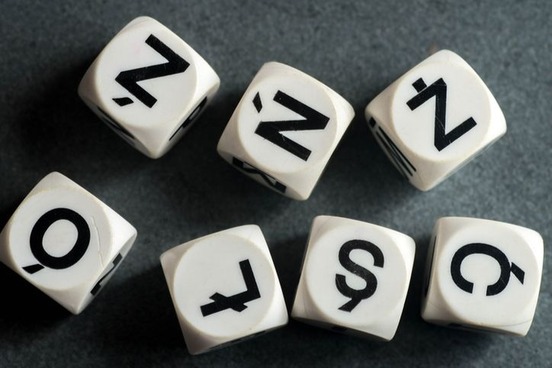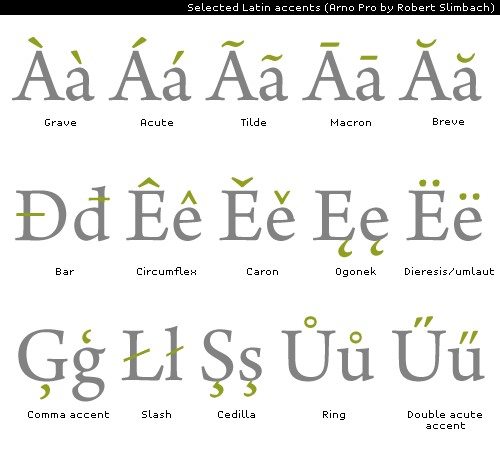


One last rule, and here’s where diaeresis comes in: if you want a hard g sound AND a u sound together - like the sound in the names Gwen or Gwyneth - you must include the diaeresis over the u. If the word requires a hard g sound before an e or an i, you must insert a silent u. If the word requires a soft g sound before a, o, or u, opt for a j instead of a g. In Spanish, the g is consistently hard before a, o, and u and consistently soft before e and i. Hard g’s sound like the g in “gum” and “grass,” whereas soft g’s typically sound like the h in “hair” and “hello.” In some Spanish-speaking regions, this g sound has a raspier, more guttural quality, a sound commonly associated with German, Arabic, and Hebrew - think the -ch sound at the end of “Bach.” Just like in English, the Spanish g can have different sounds depending on the vowel(s) following it. They look like the umlaut, a symbol in German and other languages that modifies vowel sounds.įun fact: The Atlantic, an English language publication, has used the diaeresis in words like cooperate (coöperate) and reelect (reëlect) to “indicate … that it forms a separate syllable.”īefore we explain the diaeresis, we should cover la g (lah HEH), the letter g in Spanish. The diaeresis – la diéresisĭiaereses are marks over some u’s that come up pretty infrequently. Portuguese uses the tilde, or til, over its vowels to give them a nasal, somewhat n-like quality. The symbol is also found in languages that have come into contact with Spanish from colonization and migration, such as Asturian, Basque, Latin American indigenous languages, and even Filipino. Modern Spanish has replaced these instances of the double n with the n with tilde, which looks like an n with a tiny n resting on top. In older versions of written Spanish, words with this sound were written with a double n. Some common words with the ñ are el año (the year), el baño (the bathroom), el señor/la señora (Mr./Mrs., man/woman in formal situations), and la piña (the pineapple). They tell the reader to pronounce the letter as a “ny” sound, like the ni’s in “onion” or “opinion”. Tildes are squiggles over some n’s in Spanish.

Some examples are organized in the table below. Some subjunctive verbs end in -e (eh) for first and third person singular subjects, and preterite verbs conjugated for yo may end in -é (EH).
#BEAUTIFUL WORDS WITH ACCENT MARK FULL#
The rules for determining the default stressed and unstressed syllables are too complicated to cover in full here, but you’d be surprised at how many of the rules you may know just from listening to and speaking Spanish! Acute accents are particularly important for verb conjugations: conjugations can be absolutely identical save for an acute accent, so skipping the symbol might teleport your verb to an unintended tense.įor instance, the past subjunctive has – ara (AH-rah) endings for yo and él/ella/usted, but the simple future tense for él/ella/usted may have an – ará (ah-RAH) ending. These show up in everyday words and follow certain patterns. In Spanish words, there can be one or no acute accents per word. Many languages derived from Latin, such as Spanish, French and Italian, use acute accent marks. Acute accent – acento ortográficoĪcute accents are accent marks over vowels to indicate the stressed syllable if the stress differs from the default pattern. There are a number of accent marks specific to Spanish language that are important to understand as part of your language learning process.
#BEAUTIFUL WORDS WITH ACCENT MARK HOW TO#
You’ll also learn how to type Spanish accents on Windows and on Mac. In this article, we’ll cover the types of accent marks in Spanish and why they matter.

Words change meanings, verbs go from the past to the uncertain future, questions become answers, and more. These little lines, dots, and squiggles, also known as diacritical marks, may look ornamental and unassuming, but they can drastically change the meaning of written - and typed - Spanish. Spanish accent marks prove that big things come in small packages.


 0 kommentar(er)
0 kommentar(er)
